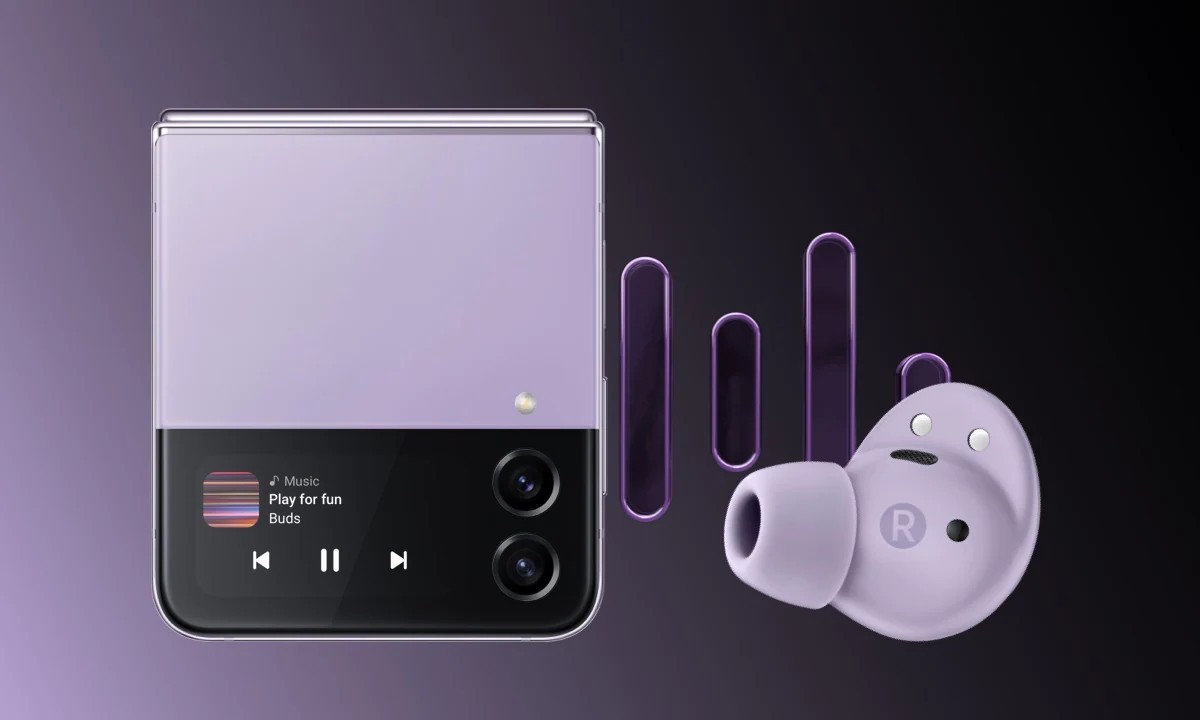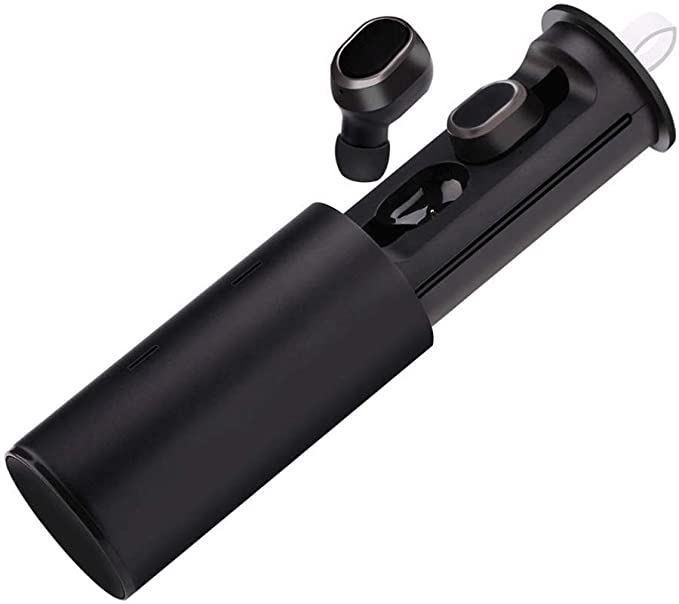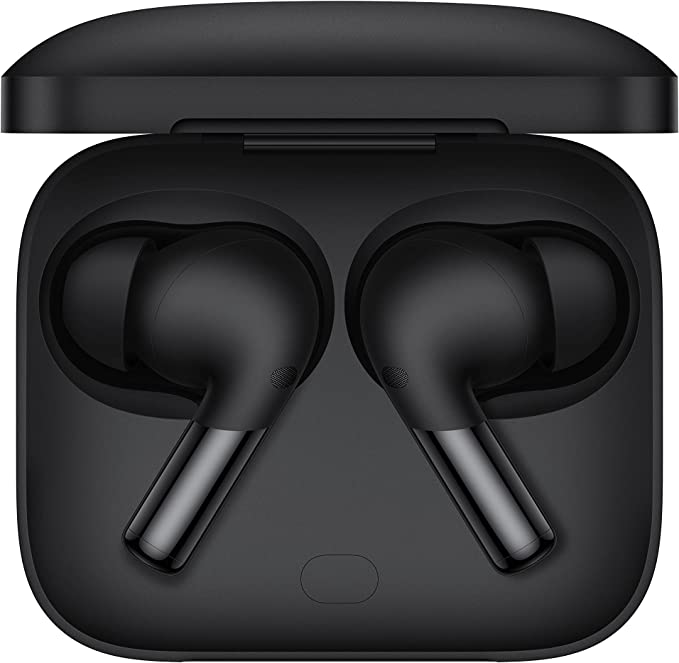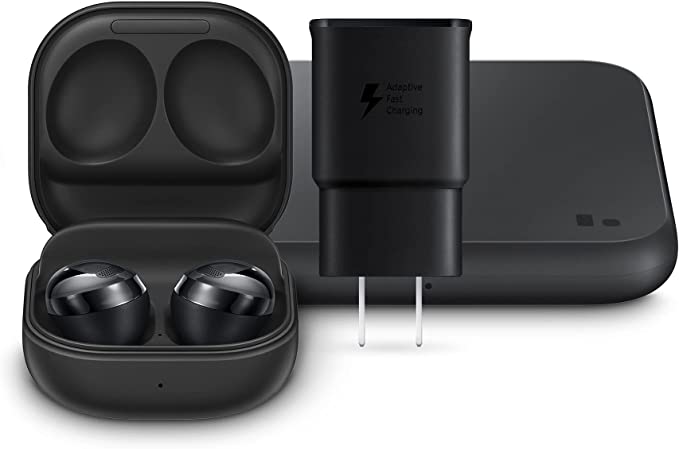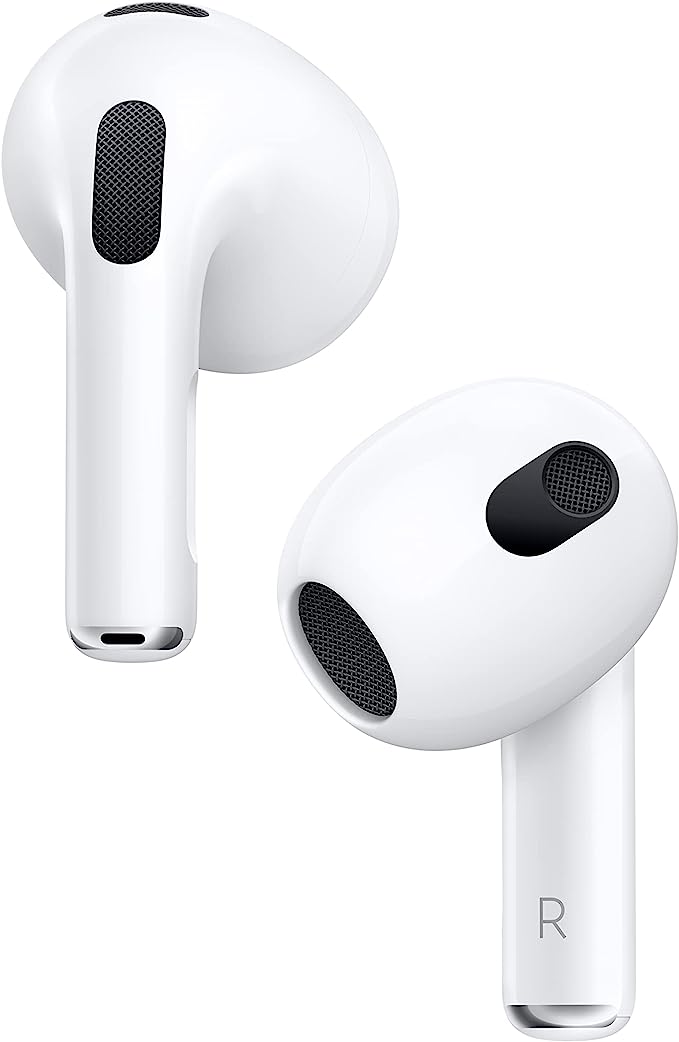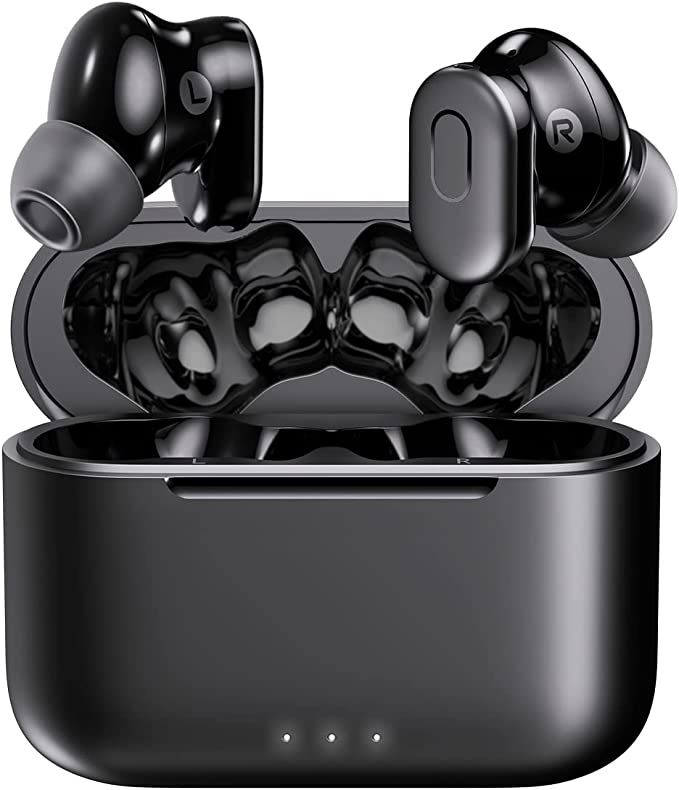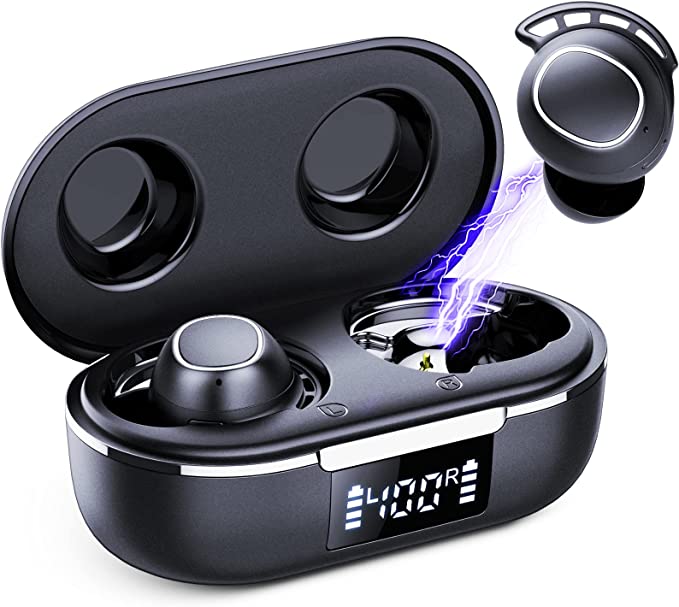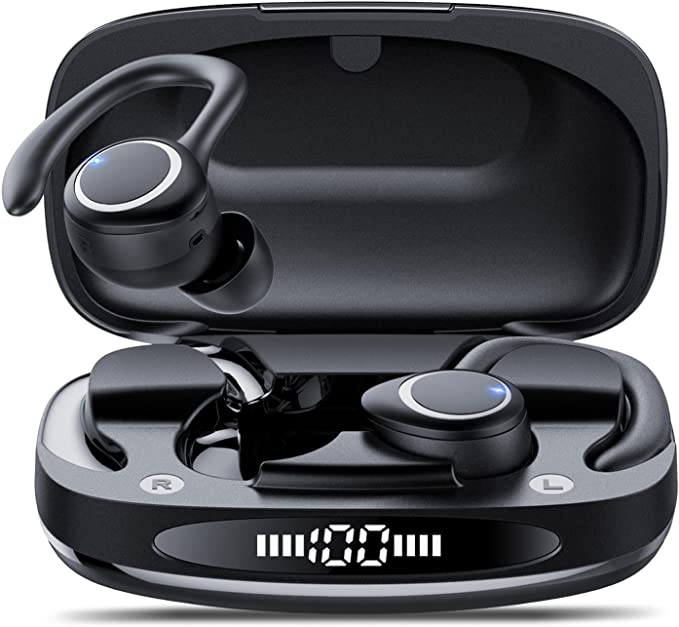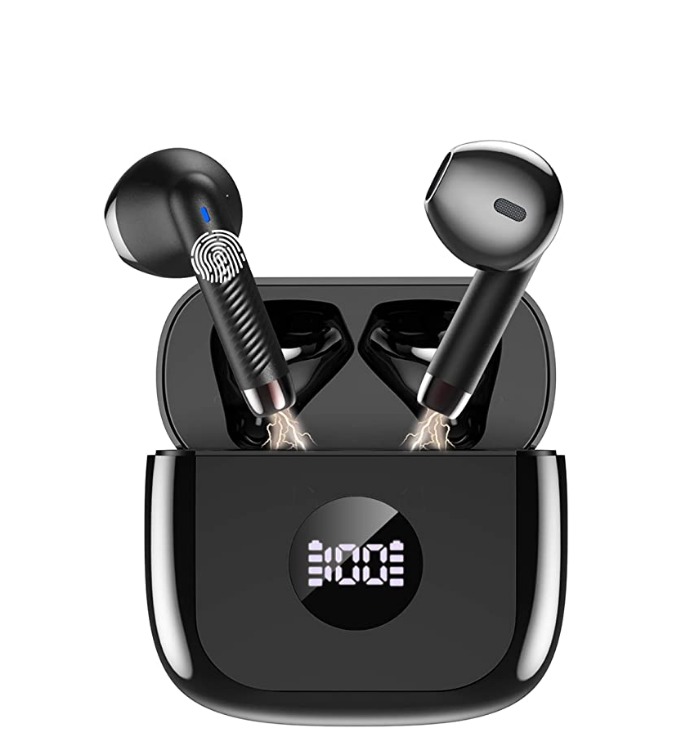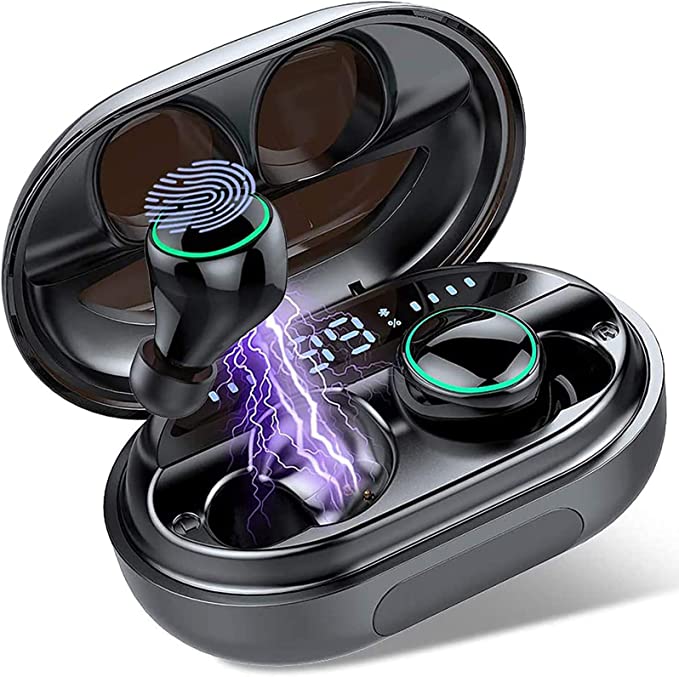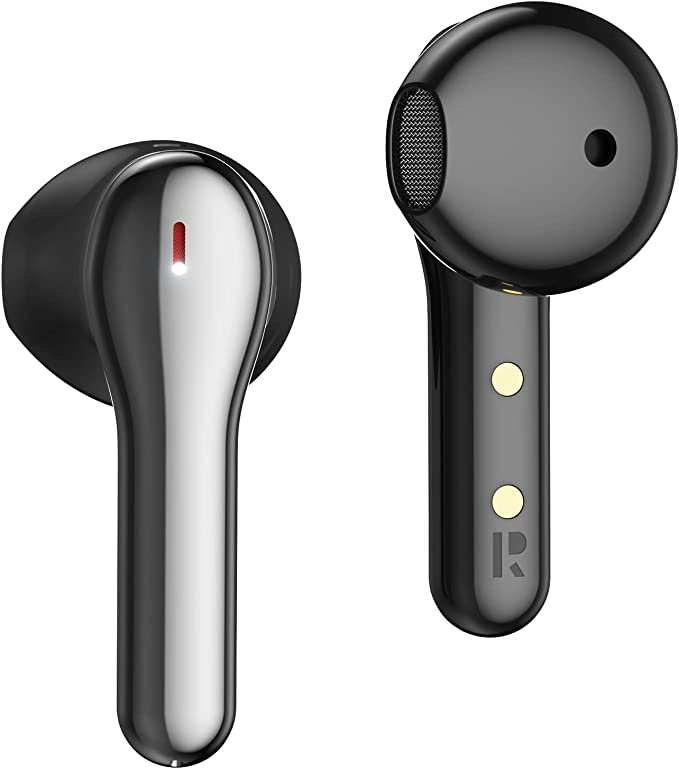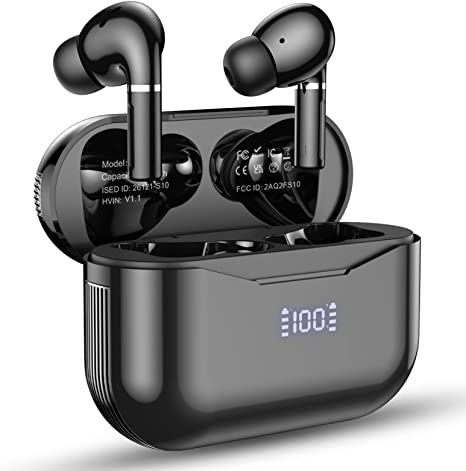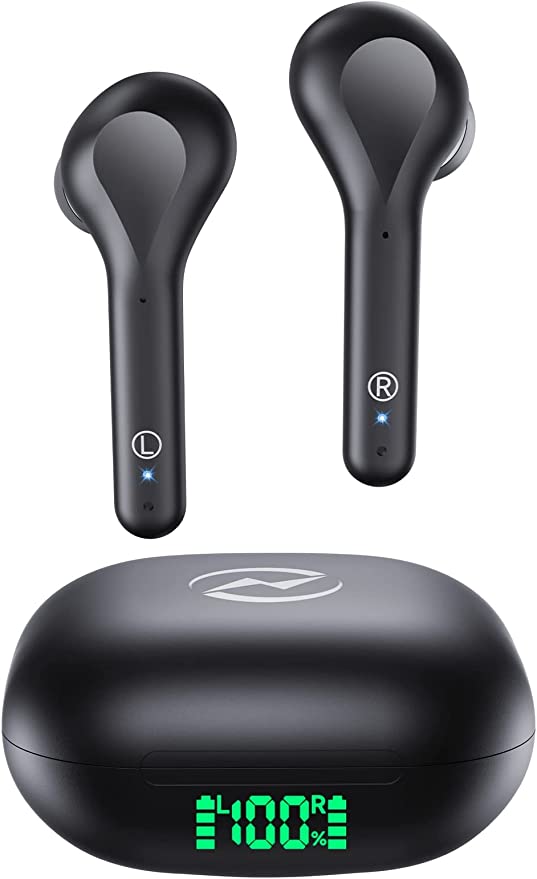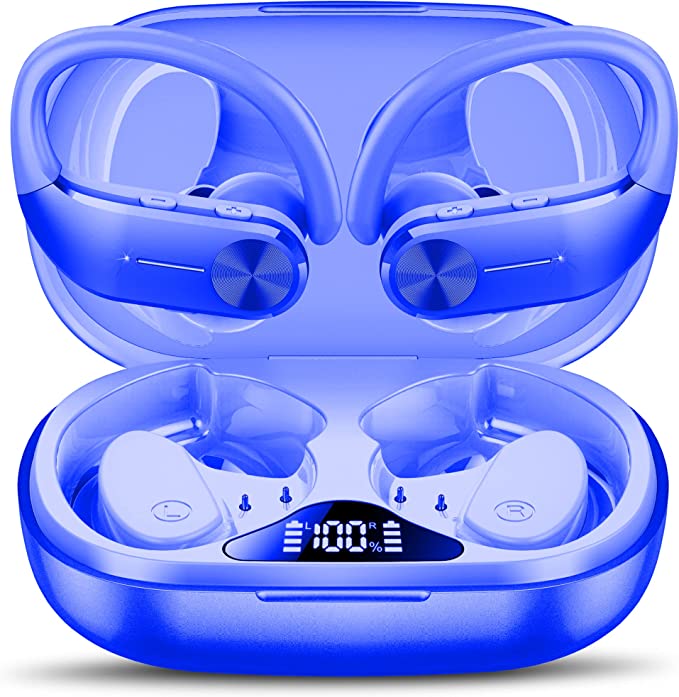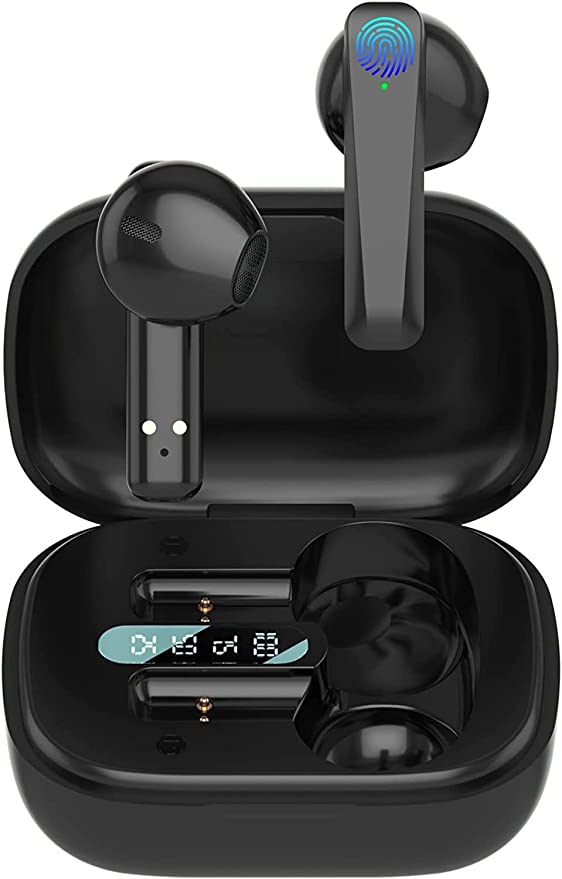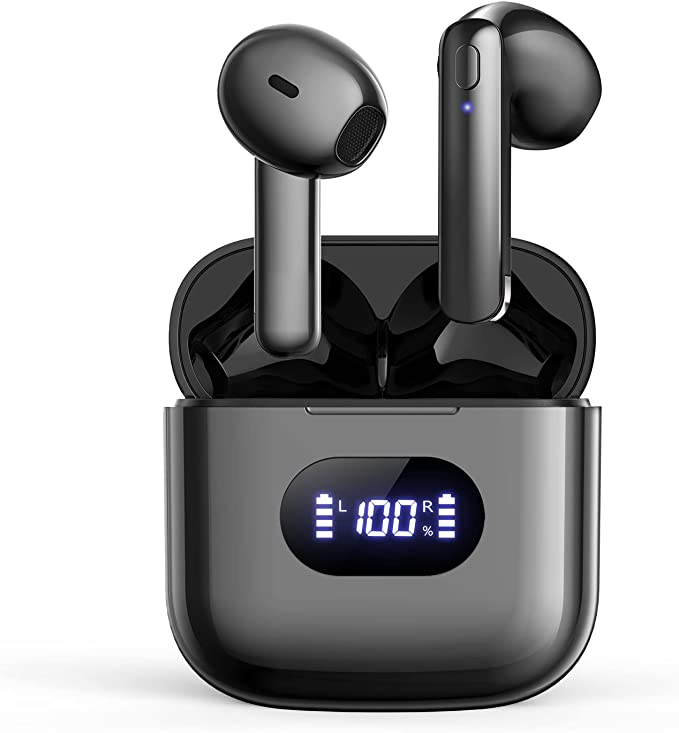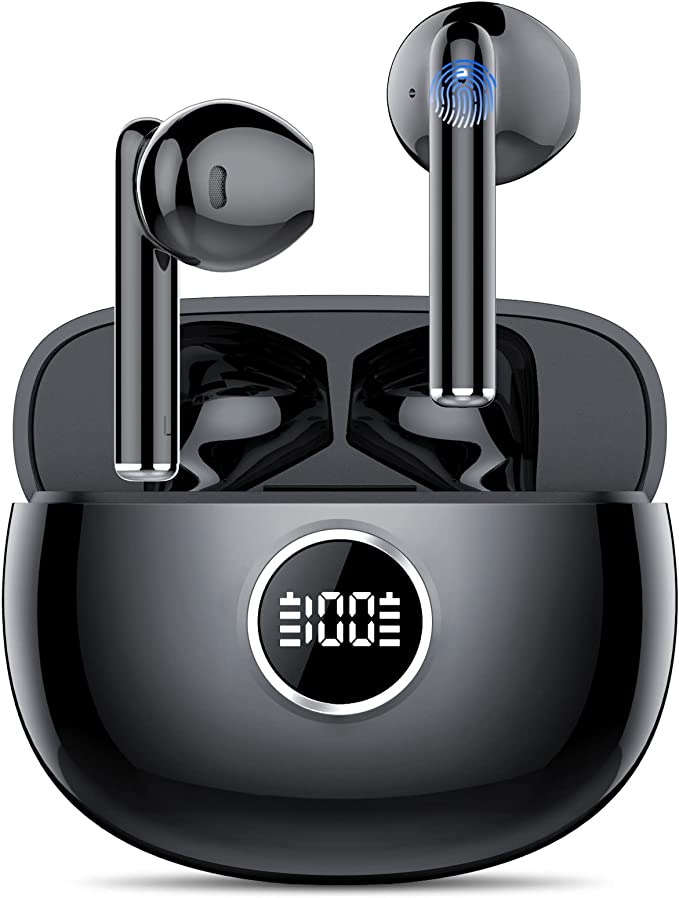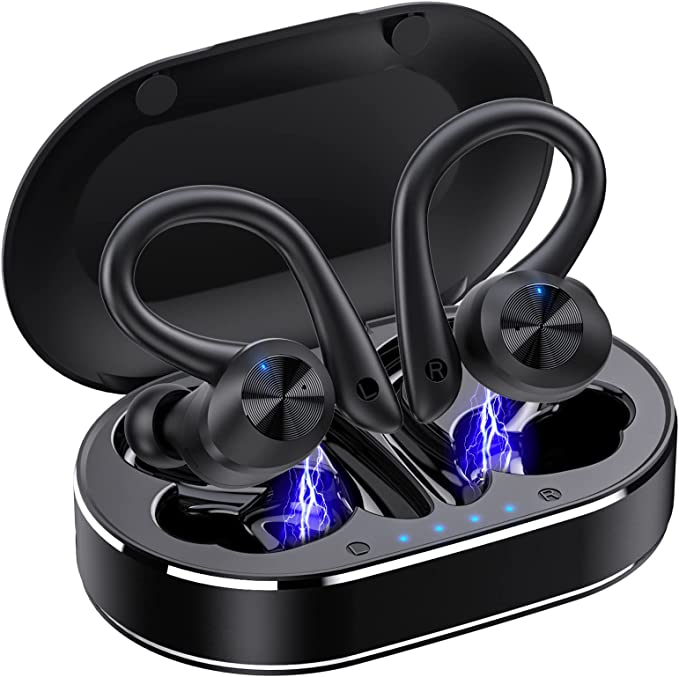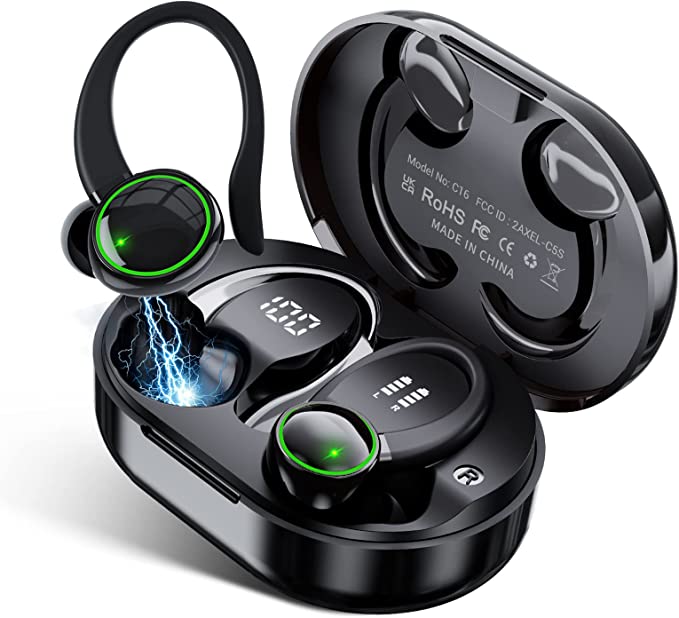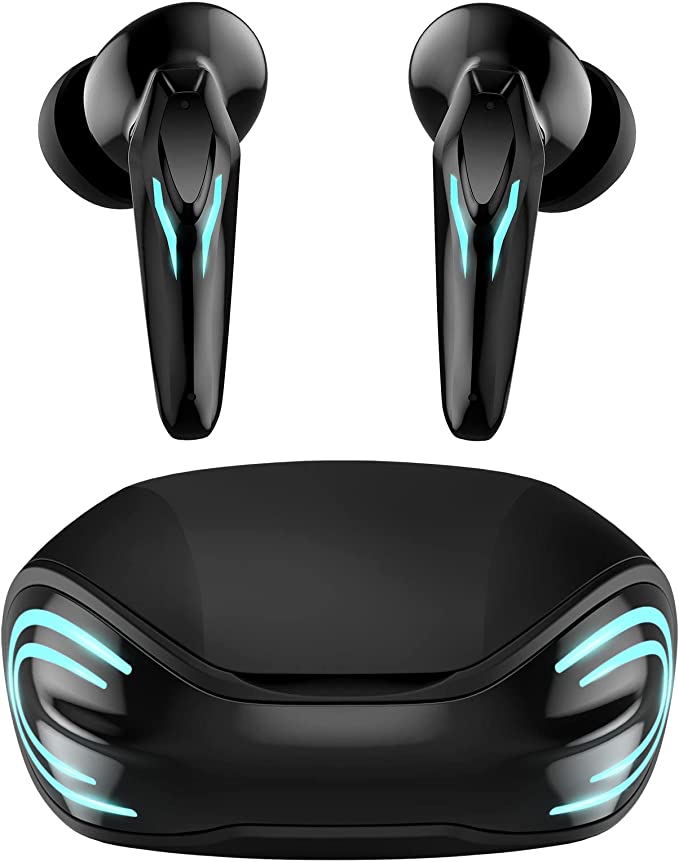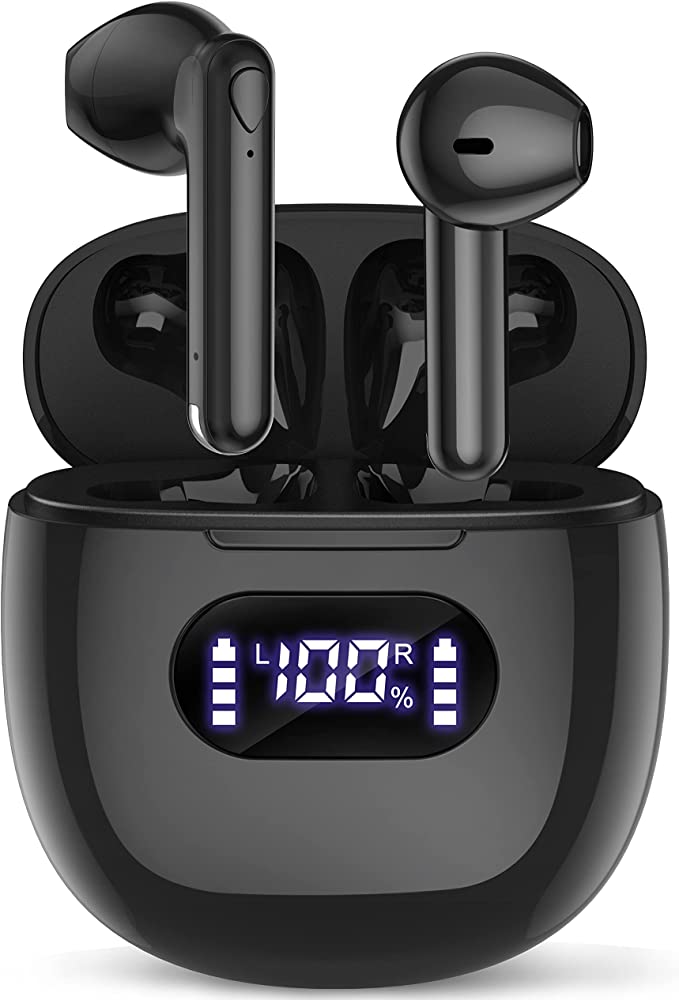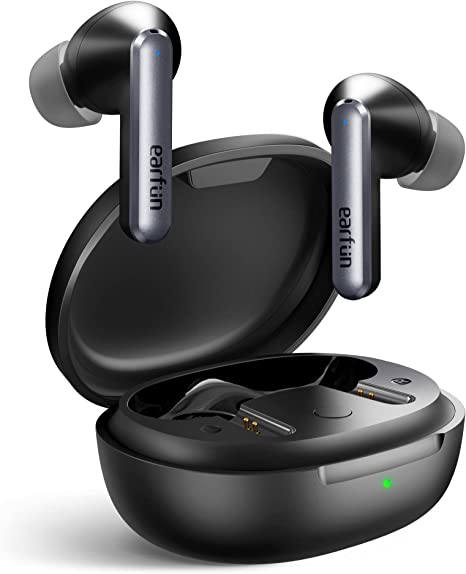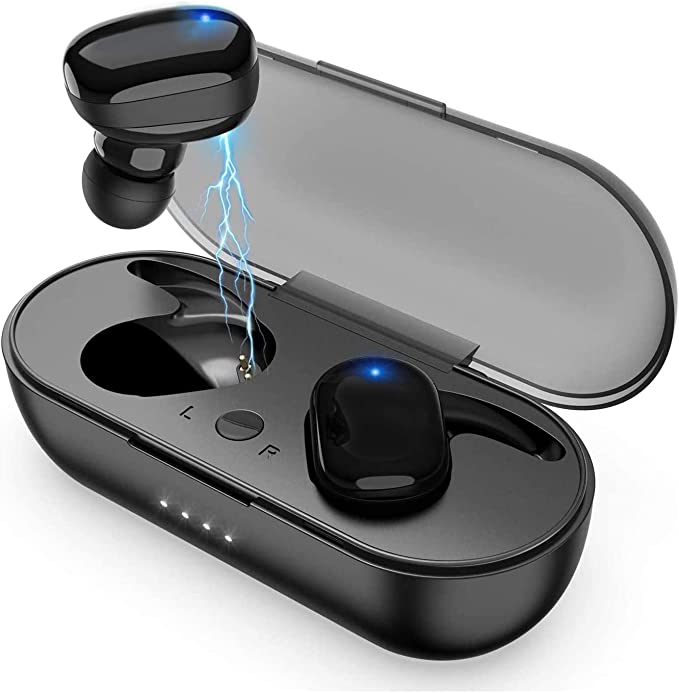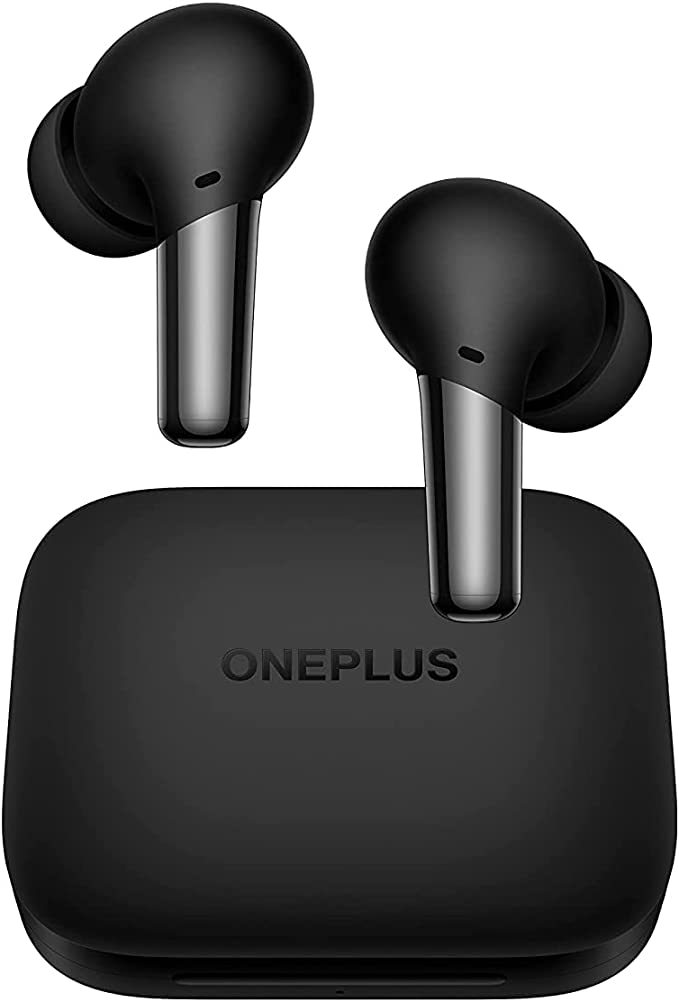SAMSUNG Galaxy Buds2 True Wireless Earbuds: The Science of Sound Control with ANC and Ambient Mode
Update on April 28, 2025, 3:06 p.m.
We live in a world saturated with sound. From the moment we step outside, we’re immersed in a complex acoustic tapestry – the rumble of traffic, the distant siren’s wail, the chatter of crowds, the persistent hum of machinery. It’s the soundtrack of modern life. But sometimes, that soundtrack becomes overwhelming. We crave focus amidst the chaos, a pocket of personal quiet to concentrate or simply unwind. Yet, other times, we desperately need to stay connected to that external world – to hear an approaching car, a platform announcement, or a colleague calling our name. It’s a constant duel: the desire for immersion versus the necessity of awareness.
Into this auditory battlefield step devices like the SAMSUNG Galaxy Buds2 True Wireless Earbuds. On the surface, they’re sleek, compact listening devices. But beneath that polished exterior lies a fascinating intersection of physics, engineering, and even a dash of psychoacoustics – all working in concert to give you more control over your personal soundscape. As an acoustical engineer, I find these little marvels captivating, not just for what they do, but for how they do it. So, let’s peel back the layers and explore the science that allows these earbuds to shape the sounds you hear, and the sounds you don’t.

Crafting Quiet: The Art and Science of Active Noise Cancellation
Imagine you’re on your morning commute. The train rattles, the engine drones, conversations buzz around you – a low-frequency drone that seeps into your concentration, making it hard to focus on your podcast or simply enjoy a moment’s peace. This is precisely the kind of noise that Active Noise Cancellation (ANC) technology is designed to combat. It’s not about simply plugging your ears; it’s about actively fighting sound with sound.
Think of sound traveling in waves, like ripples on a pond. ANC works on the principle of destructive interference. Tiny microphones on the outside of the Galaxy Buds2 act like vigilant sentinels, constantly listening to that persistent, low-frequency ambient noise. This captured soundwave is then fed to a processor inside the earbud. The processor performs a near-instantaneous calculation and generates a new soundwave that is the exact mirror image – or “anti-noise” – of the incoming noise. This anti-noise wave has peaks where the original noise has troughs, and troughs where the original has peaks.
When this precisely crafted anti-noise wave is played through the earbud’s speaker, it meets the incoming ambient noise wave within your ear canal. Like two perfectly opposing ripples colliding and flattening the water’s surface, these sound waves effectively cancel each other out. The result? A significant reduction in that monotonous drone, creating a bubble of relative quiet.
This ingenious technique wasn’t born overnight. Its roots trace back to the mid-20th century, initially developed to protect pilots from the deafening roar of aircraft engines. Decades of refinement have miniaturized the technology, allowing devices like the Galaxy Buds2 to bring this acoustic wizardry to our daily lives. Based on the provided information and user feedback, the Buds2 seem to implement this effectively, with some users noting the noise cancellation is surprisingly powerful – sometimes almost too good, highlighting the importance of using it judiciously, especially when situational awareness is needed. It’s worth noting that ANC is most effective against constant, low-frequency sounds. It won’t silence a sudden shout or a nearby car horn quite as effectively, as those sounds are too quick and complex for the system to perfectly counteract in time.

Letting Life In: The Delicate Balance of Ambient Sound
While silencing the world can be blissful, complete auditory isolation isn’t always desirable, or even safe. Imagine trying to navigate a busy city street completely oblivious to traffic sounds, or missing an important announcement while waiting for your flight. Sometimes, you need to let the outside world in. This is where the Galaxy Buds2’s Ambient Sound mode comes into play, and it’s more nuanced than simply turning ANC off.
Instead of generating anti-noise, Ambient Sound mode strategically uses those same external microphones to capture specific sounds from your surroundings. These captured sounds are then processed and gently relayed into your ears, blending with your music or allowing you to hear conversations and environmental cues without removing the earbuds.
The cleverness here lies in the processing. It’s not just about amplifying everything; the system aims to provide a natural-sounding awareness. A key challenge in this process is latency – the delay between a sound occurring in the real world and you hearing it through the earbuds. Too much delay, and the experience feels unnatural and disorienting. The Buds2 description mentions a “low latency” Ambient Sound mode, suggesting an engineering focus on minimizing this delay for a more seamless connection to your surroundings.
From a psychoacoustic perspective, this feature taps into our fundamental need for spatial awareness and connection. Hearing key sounds helps us orient ourselves, detect potential hazards, and engage socially. The ability to quickly toggle this mode, or even adjust its intensity (which, according to the product notes, requires the Galaxy Wearable app on compatible Android devices), offers valuable flexibility. It’s about having control – choosing when to immerse yourself and when to stay perceptually tethered to the world around you.

Cutting Through the Noise: The Microphone’s Quest for Clarity
We’ve all been there: trying to have an important phone call while battling wind noise, street traffic, or the din of a crowded cafe. Your voice gets lost, the person on the other end keeps asking “What?”, and frustration mounts. Making your voice heard clearly above the noise is a significant engineering challenge, and the Galaxy Buds2 tackle it with a dedicated microphone system.
The product information states these earbuds feature three microphones on each side, coupled with noise reduction technology. This multi-microphone setup is key. It allows for techniques often referred to as beamforming. Imagine the microphones working together like a team, creating a directional “listening beam” focused towards your mouth. Sounds coming from other directions (like background noise) are comparatively de-emphasized.
But it doesn’t stop there. Once the microphones capture the sound (your voice mixed with noise), sophisticated algorithms get to work. These act like digital filters, analyzing the sound signal and attempting to distinguish the characteristics of human speech from the patterns of background noise. They then selectively reduce or suppress the noise components, aiming to enhance the Signal-to-Noise Ratio (SNR) – essentially making your voice signal stronger relative to the unwanted noise.
Think of it like a skilled audio engineer meticulously isolating a singer’s voice from the background instruments in a recording studio, but happening in real-time, inside a tiny earbud. The goal is “crisply and clearly” transmitted voices, as the description puts it. User comments included in the source material back this up, with some praising the call clarity even in noisy environments like driving with the windows down, suggesting the system effectively combats challenging conditions.
The Supporting Cast: Comfort, Control, and Connection
Of course, even the most advanced audio technology is useless if the device itself is uncomfortable or cumbersome. The physical design and user interface play crucial supporting roles.
Ergonomics – the science of designing for human use – is paramount for wearable tech. The Galaxy Buds2 are described as having a “comfortable, low profile design” and being “10% smaller and lighter than Galaxy Buds+”. Weighing just 5 grams per earbud, the aim is clearly for a fit that minimizes pressure and fatigue, allowing for extended listening sessions. However, comfort is deeply personal. Our ear canals and outer ears (pinnae) vary significantly in shape and size. While Samsung provides multiple ear tip sizes to help achieve a good seal and stable fit, some users (as noted in the source material) might still experience issues, finding the earbuds don’t stay put as securely as they’d like. Achieving a universal perfect fit remains an ongoing challenge in earbud design. The listed material, Polycarbonate (PC), is commonly chosen for its blend of lightness and durability.
Control is managed via touch-sensitive surfaces on the earbuds. This offers the convenience of playing/pausing music, skipping tracks, or answering calls without reaching for your phone. A simple tap can command your audio world. However, touch controls can sometimes be a double-edged sword. As some user feedback in the provided text indicates, they can occasionally be finicky, registering accidental touches, especially during activities like exercise. Furthermore, advanced customization of these controls, or features like swipe gestures for volume (which one user noted was missing), often necessitate diving into the companion Galaxy Wearable app, which itself has specific Android OS and RAM requirements according to the footnotes.
Finally, the wireless connection relies on Bluetooth 5.2. This iteration of the ubiquitous standard offers potential benefits in connection stability, range, and power efficiency compared to older versions, forming the invisible yet vital link between the earbuds and your source device. It’s the foundation upon which the entire wireless audio experience is built.
Architecting Your Auditory World
The Samsung Galaxy Buds2, when viewed through the lens of acoustics and engineering, are more than just a pair of wireless earbuds. They represent a sophisticated attempt to empower users in managing their personal sound environment. The physics of wave interference is harnessed for Active Noise Cancellation, creating pockets of focus. Microphones and clever processing bridge the gap to the outside world via Ambient Sound, prioritizing awareness and safety. Advanced microphone arrays and noise reduction algorithms strive to lift your voice above the cacophony for clear communication. And all this technology is wrapped in a lightweight design aiming for comfort, connected wirelessly via the robust Bluetooth standard.
While no single device can achieve perfection – fit remains subjective, controls can have quirks, and technology always has inherent limitations – the Galaxy Buds2 showcase the remarkable progress in personal audio engineering. They offer a toolkit for navigating the complex soundscape of modern life, allowing you to become, in a sense, the architect of your own auditory world. As technology continues to evolve, pushing the boundaries of miniaturization, processing power, and acoustic understanding, the future of how we hear, and what we choose to hear, promises to be even more fascinating.


